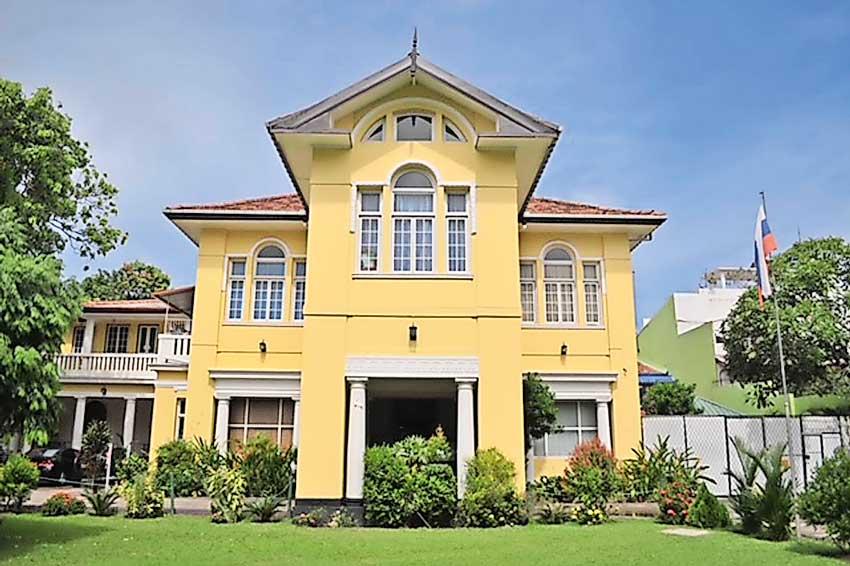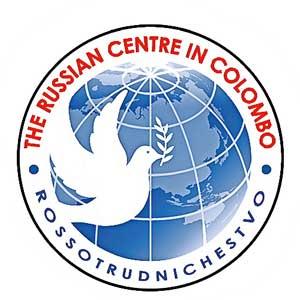Reply To:
Name - Reply Comment

 The All-Union Society for Cultural Relations (AUSCR) was created in 1925, aimed at “the establishment and development of scientific and cultural ties between institutions, NGOs and cultural figures of the USSR and abroad.” Olga Kameneva, sister of Leo Trotsky and wife of the first head of the Soviet state Leo Kamenev had become the chair of the organisation.
The All-Union Society for Cultural Relations (AUSCR) was created in 1925, aimed at “the establishment and development of scientific and cultural ties between institutions, NGOs and cultural figures of the USSR and abroad.” Olga Kameneva, sister of Leo Trotsky and wife of the first head of the Soviet state Leo Kamenev had become the chair of the organisation.
Such prominent figures as the poet Vladimir Mayakovsky, composers Sergei Prokofiev and Dmitri Shostakovich, writer Mikhail Sholokhov contributed to the work of AUSCR in the field of development of foreign relations.
At the invitation of AUSCR, various foreign delegations and notable figures of science and culture like the French physicist Paul Langvin and writer Romain Rolland, Indian composer and public figure Rabindranath Tagore and many others visited the USSR.

Even during the WWII AUSCR continued to work actively. To support USSR fighting against Nazi Germany societies of friendship with the Soviet Union were being actively created. One of such societies that were established with Russia was the Sri Lanka – Russia Friendship Society. With a history that spans back to 1942 when it was established under the name, Ceylon Friends of Soviet Union. During the said period, the friendship society published a magazine named Lankan – Soviet Magazine, which was most loved by Sri Lankans. The society was officially registered in 1959 as the Lanka-Soviet Friendship League which has now evolved to what it is today, the Sri Lanka-Russia Friendship Society and the magazine is being published under the name “Rusiyawa”.
The beginning of the cold war, the emergence of the new political objectives demanded a new format of the AUSCR. In 1958, it was transformed into the Union of Soviet Friendship Societies (USFS).
The society of friendship with Bulgaria was headed by aircraft designer Andrei Tupolev, Association for Friendship with Italy – by famous Soviet film director Sergei Gerasimov, with Cuba – by Cosmonaut Yuri Gagarin, who also visited Sri Lanka after his historical space flight in 1961. During the visit, Gagarin planted a tree at the Peradeniya Botanical Gardens which still stands even after over 50 years. Further, a notable cosmonaut of the country, Vladimir Lyakov, who was a Commander on Soyuz 32, Soyuz T-9, and Soyuz TM-6 had been elected and for many years remained the president the Russia - Sri Lanka Friendship Society.
Soviet cultural centres, the House of Soviet Science and Culture were created in the 1970s – 80s. Among the cultural centres established abroad, the Soviet Cultural House was established in Sri Lanka in 1973. By the year 1986, the centre moved to his own location as the Russian Centre in Colombo and was inaugurated by then President of Sri Lanka J. R. Jayewardene. Since then it has been contributing into promoting relationship with Russia in the spheres of culture, science, education, organising live programmes and on-line activities at social media pages, as well as monitoring allocation of scholarships provided to Sri Lankan students every year by the Russian Government.
With the end of the Soviet era in the early 1990s, USFS among other organisations underwent a transformation, turning into a Russian Association for International Organisation (RAIC) in April 1992. Also, a Russian Agency for International Cooperation and Development (RAICD) was created. Later, in 1994, functions of the RAICD were transferred to the Russian Centre for International Scientific and Cultural Cooperation under the Government of the Russian Federation (RusInterCentre). For the first time in the history of the system AUSCR – USFS – RAICD – RusInterCentre the organisation entered the structure of state agencies. The Heroine of the Soviet Union cosmonaut Valentina Tereshkova headed the newly created body.
During that period, centres were opened in the USA, France, Belgium, Slovakia, Vietnam and other countries. A key focus that has remained is the cultural and awareness-building work.
The emerging of the CIS necessitated fresh approaches to building a new format of international relations, not only with foreign countries but also with Russia’s closest neighbours. In order to achieve this objective in 2008 the Federal Agency for CIS Affairs, Compatriots Living Abroad and International Humanitarian Cooperation (Rossotrudnichestvo) was created.
At the present stage, Rossotrudnichestvo carries out its activities with a focus on the humanitarian aspect of service, aligning with support and promotion of the Russian language in the world, promotion of Russian science, culture and education abroad, working with compatriots, implementation of projects in the fields of international development assistance and public diplomacy. The current head of Rossotrudnichestvo, Yevgeny Primakov was appointed Head of Rossotrudnichestvo by Decree of the President of the Russian Federation Vladimir Putin under Act no. 416 dated June 25, 2020.
Today, as many years ago, the need of formulating an objective vision of our country, debunking the myths about it and further expanding the circle of friends on both diplomatic level and among ordinary citizens remain highly significant. Given the long successful history of the system AUSCR – USFS – RAICD – RusInterCentre – Rossotrudnichestvo, its experience, the Agency is currently involved in the implementation of state policy in this area.